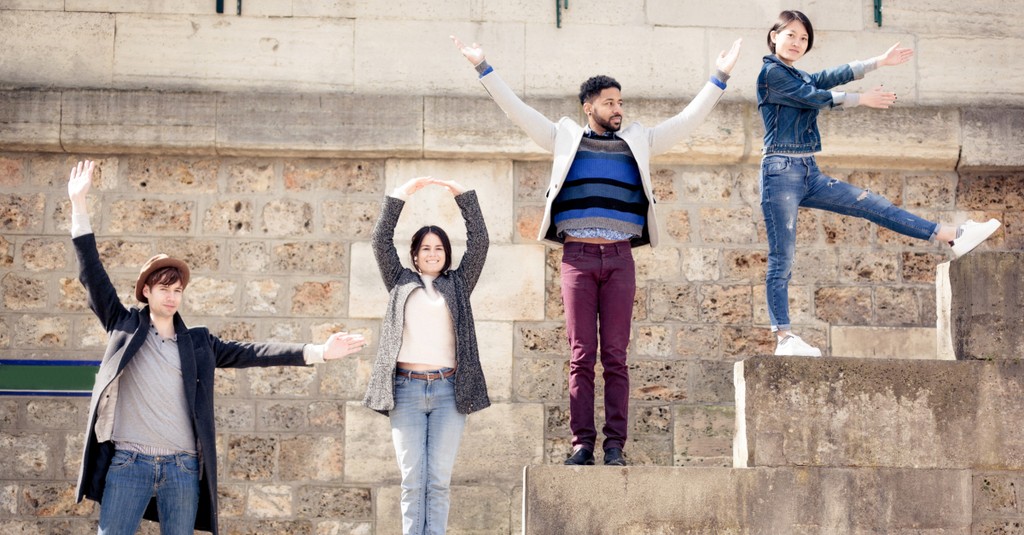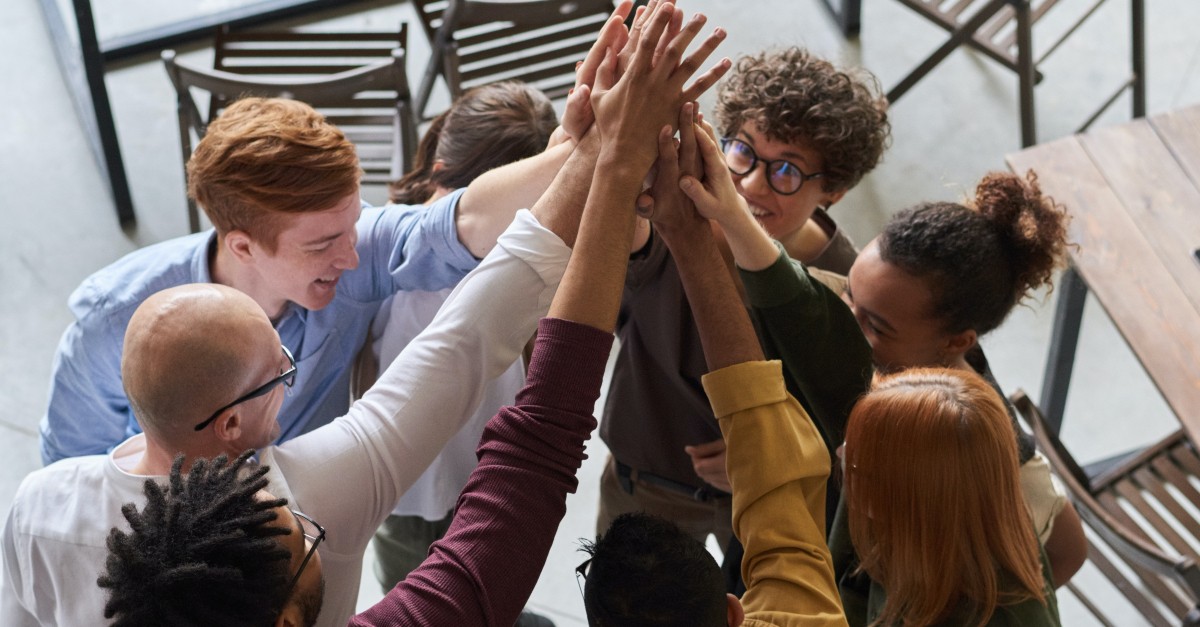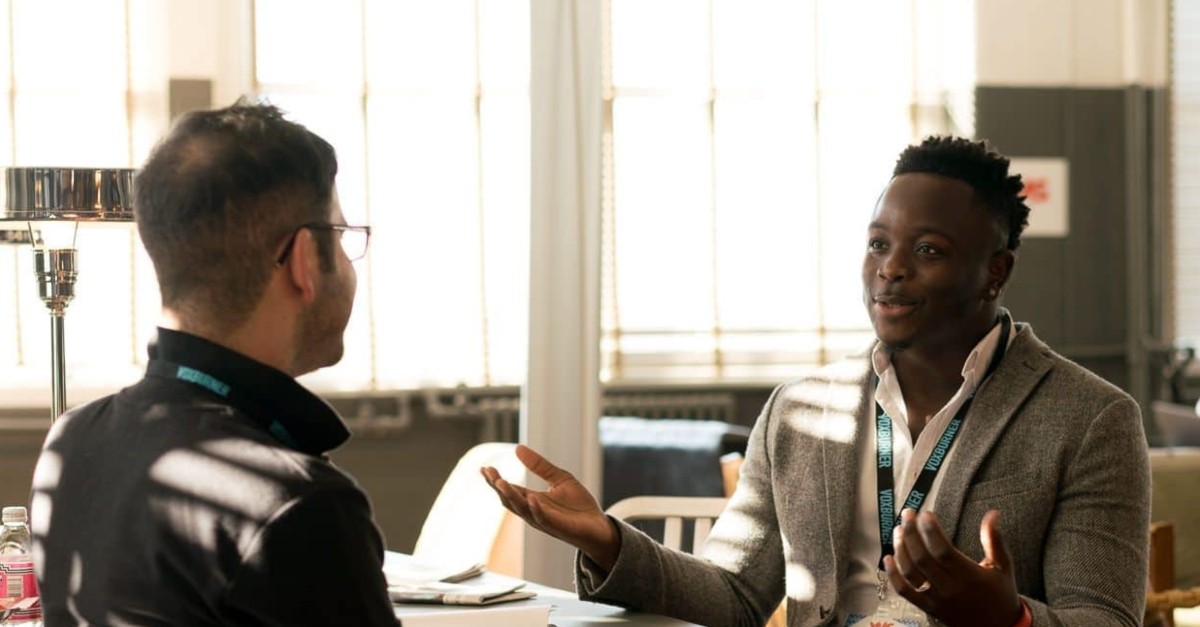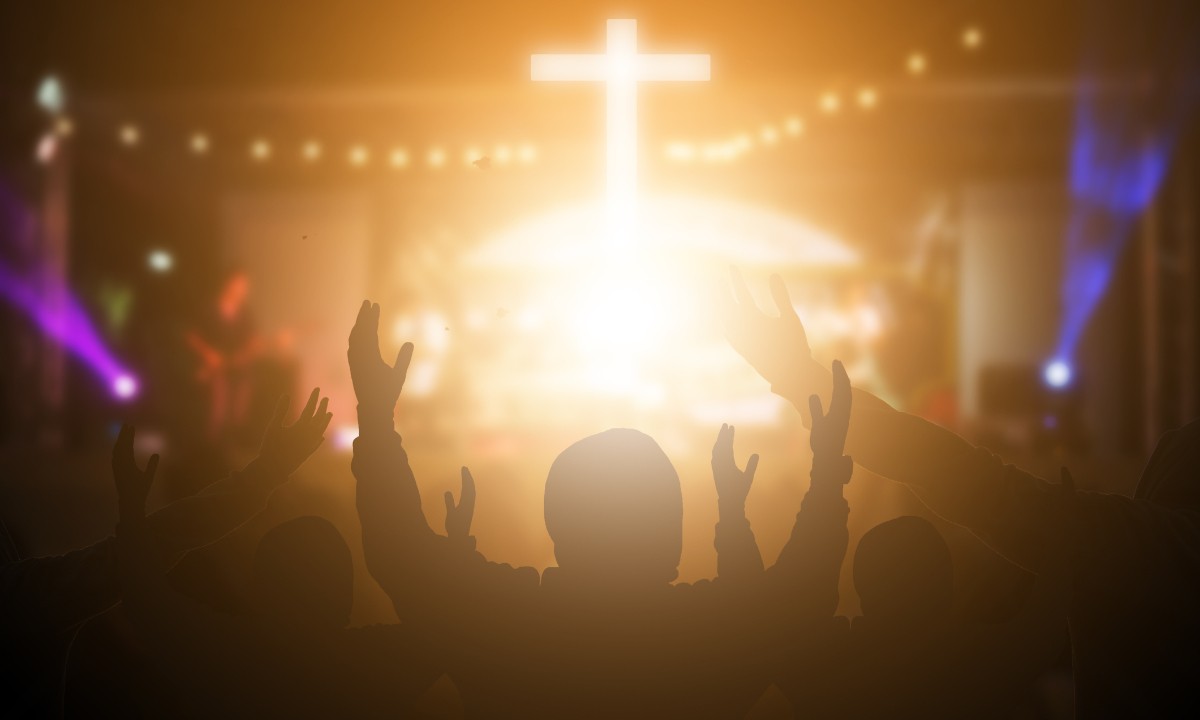
When there is a chasm or great divide, one of the ways to close that gap is to build a bridge. One of the chasms that has shot to the forefront in the last few weeks is the chasm of racism.
While the embers of this fire have burned in our nation for a very long time, many people either chose to dismiss it or ignore it altogether. This time feels different. Maybe the events of a few weeks ago were the alarm clock to finally awaken people from their slumber—to realize this is wrong and this needs to change.
I believe it is time to start building that bridge.
While the road won’t be easy and the work often cumbersome, I want to share with you some ways you can become a bridge-builder for racial reconciliation.
Photo Credit: ©GettyImages/nullplus

1. Acknowledge the Reality
When you decide to go on a trip and you use your GPS to give you proper directions, you have to first determine where you are. If you don’t know where you are, then the GPS is practically useless. The same is true of building a bridge for racial reconciliation.
One of the reasons this bridge has taken so long to build is because many people have denied its reality. Forgive me if what I am about to say sounds offensive, that is not my point, but I need you to understand the blindness we face. Some people would make statements like these:
I am not racist, I have a black friend.
Our country is not racist; after all, we elected a black president—this proves it.
When people make statements like these I believe they are sincere. They are holding on to an ideal because they understand how horrible racism is. They don’t want to believe or face the fact that the spirit of racism is alive and well in our country. That is too devastating of a reality to accept. However, if you stay in that place then there will never be a bridge built because you won’t see the need for one. You may already think it’s been built.
If the last few weeks have taught me anything is that we have a ways to go. When this bridge is built, then every person will truly be judged by the content of their character and not by the color of their skin. I think we can all see...we have some work to do.
Photo Credit: ©Pexels/Josh Hild

2. Recognize the Spirit Behind It
For our struggle is not against flesh and blood, but against the rulers, against the authorities, against the powers of this dark world and against the spiritual forces of evil in the heavenly realms. – Ephesians 6:12
It is so important to be mindful of where the seeds of racism come from. They come from Satan himself. Anything that creates confusion, hatred, discord, or unjust treatment is flowing directly from Satan’s playbook.
As believers, it is our responsibility to recognize that this is not just a political or social battle, this is a spiritual battle. Spiritual battles require weapons that are spiritual. The greatest of those weapons is prayer. Can we please stop fighting with each other and having arguments over social media over which political party is going to rescue us from this problem? The battle can’t be won that way.
We cannot win this battle unless we fight in prayer and drive back the powers of darkness that feed these racial divisions. We have to pray for changed hearts. We have to pray for open eyes. We have to pray for the light of the gospel and the love of Jesus to shine through.
If we as Christians don’t pray, then we don’t stand a chance of building any bridges. This is a war that can’t be won just by legislation. If that was the case it would have been won 50 years ago when they passed the Civil Rights Act.
This war has to be won by transformation. This kind of transformation only comes through prayer and God moving to change the hearts of men.
Photo Credit: ©SWN/BethanyPyle

3. Get on the Same Page
Getting on the same page means make sure you are talking about the same thing. Make sure you really understand each other. It will require you to do some soul searching and face some hard truths. I want to give you an example so you understand what I mean.
Two of the terms we have heard prominently over the last few weeks are systemic racism and Black Lives Matter. Let me explain what both of these mean so we are on the same page.
Systemic racism means a white teenager walking down the street with a hoodie is a teenager. A black or brown teenager walking down the street with a hoodie is a suspect, threat, or suspicious.
Have you ever seen a black man walking down the street and crossed the street because you thought they looked suspicious?
Systemic racism means a white woman will call the police in Central Park and say a black man is attacking me because she knows the police are more apt to respond.
These things don’t mean you are a racist, it means that the system has slanted your opinion. It has played a role in shaping how you view people of different races. Because these thoughts are part of the system of thinking, they naturally influence how you think.
Again, I am not saying this is easy to admit, but if you want to build bridges this is what is necessary.
Black Lives Matter is the second example. To counter this phrase, people would say Blue Lives Matter and All Lives Matter. I want to clarify this for you. When you hear Black Lives Matter it does not mean that black lives matter more than any other lives. That is not true, because they don’t. What this statement means is that black lives need to be valued the same as white lives, especially when interacting with law enforcement.
It is therefore not a statement of elitism, it is a statement of equality.
If I say Black Lives Matter and you retort with All Lives Matter, we are actually not saying the same thing. When black lives, brown lives, white lives, and all lives are treated equally, and all judged fairly, by the exact same standard—or, when people are all treated the same, based on who they are and nothing else—then the statement will be true that All Lives Matter.
If you are going to build a bridge, you have to make sure you are all on the same page and speaking the same language.
Photo Credit: ©Pexels/fauxels

4. Stop Having Sympathy and Start Having Compassion
Many times, people confuse sympathy and compassion. Let's examine the difference. Sympathy says I feel so bad for what happened to that person. While the feelings may be genuine, they stay as feelings. Compassion is not only when you feel for the situation the person is in, but it moves you to action. Here is how dictionary.com defines compassion:
a feeling of deep sympathy and sorrow for another who is stricken by misfortune, accompanied by a strong desire to alleviate the suffering. (emphasis added)
Whenever Jesus had compassion on someone in the bible, it always moved him to action. If you are going to become a bridge-builder for racial reconciliation, it will require compassion. The protests over the George Floyd murder is an example of people showing compassion. People of all races have been involved in these protests. This is a first step. I pray that this same energy and spirit will carry forth, and not all be left on the streets.
5. Have the Uncomfortable Conversations
I heard Pastor T.D. Jakes say this on a television interview: giving birth is messy. If we are going to build bridges, recognize it may get a little messy. There may be a period of labor pains, but at the end—it produces new life.
This work will require you to have those uncomfortable conversations about race. The point of the conversation is not just to be heard, but to understand. These are not easy conversations to have whether it’s with people in your own race or people outside of your race. These are not always going to feel good. However, I believe if you come to these conversations with the right heart and a truly open mind, these can produce much fruit.
Photo Credit: ©Pexels/nappy

6. Get into Someone Else’s Space
Think for a moment, what does your circle of friends look like? Do they all look like you? If they do, then you need to expand your circle.
Our country is a melting pot of people from all over the world, and your relationships should reflect that, too. I will admit this might be easier in certain areas than others, but it can still be done.
I grew up in a predominately black neighborhood, however, I went to a multicultural church. From very early on in life I was exposed to people from all different cultures. This exposure to people who looked different than me, whose life experiences were different than mine, gave me an understanding and appreciation for who they are. To push yourself to truly engage people from different cultures and backgrounds will really stretch you, but I challenge you to do it.
Here are a few simple ways to attempt this. If there are co-workers on your job that are of different ethnic background then you, invite them to lunch and get to know them. If there are neighbors in your community who look different than you, invite them into your home for tea or coffee. If there are people in your church that look different than you find a time to fellowship together.
There are many different ways you can find to get access into another person’s world. It may take some effort and coordination, it may even be hard work, but no one said building a bridge is easy.
Photo Credit: ©GettyImages/IPG Gutenberg UK Ltd

7. Don’t Just See Color, Celebrate It
I am often amazed when people say they don’t see color. I know they are trying to say that they see everyone equally. However, I want you to do something different. I want you to see color. The reason I say this is because every human being on the face of this earth is created in the image of God. That means God wanted there to be color in the earth. He wanted different tribes, tongues, nationalities, and peoples in the earth or he would have made us all the same. So from this point forward, see color. And when you see it—celebrate it.
One of the joys of my life growing up in a multicultural church is I got to experience things I would have never experienced. One of the fun things I experienced were weddings. I have been to Italian weddings, African weddings, Spanish weddings, Caribbean weddings, rich people's weddings, poor people's weddings and I enjoyed myself in every single one.
What I discovered in those moments is what Maya Angelou said is completely true, we are more alike than we are different. Every couple, regardless of their nationality, had the same goals, dreams, and aspirations. They were in love and were excited about building their life together. This is true of every person from every race.
So I encourage you from this point forward when you see color, celebrate it. Don’t treat them any different, but appreciate who they are. Trust me, life is a lot more interesting and exciting when you do.
Photo Credit: ©GettyImages/jacoblund

8. Be in it For the Long Haul
I want you to understand that this work will not happen easily or quickly. Change and transformation usually don’t move that fast.
If your first opportunity to create reconciliation blows up in your face, don’t give up. If your co-worker looks at you a little funny, don’t give up. If your family thinks you are going coo-coo don’t give up. This is a long journey, that will produce fruit, but it’s going to take some working, watering, and waiting to make it happen. I encourage you to commit to the process. Because whether it’s you or somebody else, these bridges need to be built. Why not let it be you?
The Ultimate Bridge
It wouldn’t be complete to talk about bridge-building and reconciliation without talking about the ultimate bridge and the ultimate bridge-builder. The greatest chasm that has ever existed is the chasm of sin that existed between God and man. We were stuck in our sin with no way of getting reconciled back to the father. However, in heaven, there was one who said I will build a bridge back. This bridge was built with wood and nails—and held together with blood.
This ultimate bridge, the cross of Calvary, has allowed us to be reconciled once again with the father.
Let’s go and model the example of the Ultimate Bridge Builder, Jesus Christ. Let’s follow his lead and go and bring people together. Not under the banner of one race over another. Not even under the banner of the American Flag as great as that is, but under the banner of the cross.
Under the cross, we find not only complete harmony, but complete unity, because we were all in the same condition and have all been redeemed by the same blood. As the old expression goes, the ground is level at the cross. When we stand together under the cross with Christ being exalted, it is in that place where we will be one people and we can truly eliminate racial divides. As a final thought, I will leave you with the elegant words of Paul to the Galatian church:
So in Christ Jesus you are all children of God through faith, for all of you who were baptized into Christ have clothed yourselves with Christ. There is neither Jew nor Gentile, neither slave nor free, nor is there male and female, for you are all one in Christ Jesus. – Galatians 3:26-28
As one body, let’s get to work and start building bridges. Our world desperately needs it.
Resource: https://bethebridge.com/
Photo Credit: ©GettyImages/arkira

Originally published Friday, 19 June 2020.
